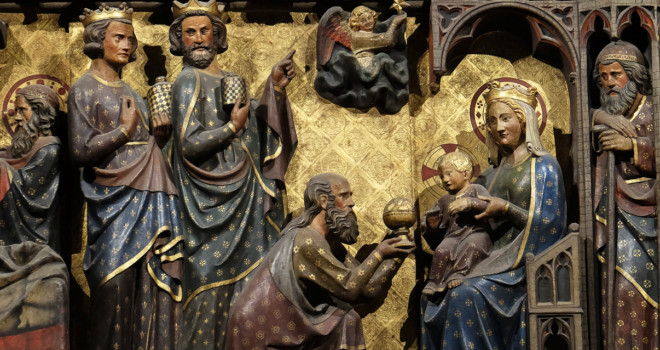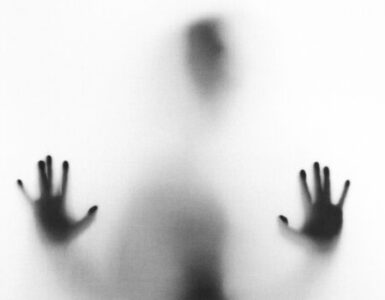In his epistles, St. Paul suggests that Jesus is new
Adam, leading us to compare the story of Eden with that of Jesus.
In many ways, the story of Jesus retells that of
Eden, as saints ranging from St. Irenaeus to St. John Henry Newman have taught
us. These saints often focus on the truth that if Jesus is a new, or second
Adam, then there must also be a new Eve, who is the Virgin Mary. The idea that
Mary is the new Eve is one of the foundational truths behind much of our
devotion to her. For example, just as Eve as seen as the mother of all men so
also Mary is considered the mother of all who are reborn in baptism. Likewise,
just as the first Eve was born without original sin, so also the second.
But what about the relationship between the new Adam
and the new Eve?
Here, too, there is an interesting reversal of Eden
that is worthy of further exploration.
The first Adam appeared fully grown, physically and
mentally mature, but without His companion. The second Adam, Jesus, was the
opposite: he started out as an unborn infant. But He started out with something
the first Adam did not: on this earth, He was never without His Eve.
In his book, Mary’s Bodily Assumption, theologian Matthew Levering notes that “Christ’s bodiless includes a relation to all embodied persons.” First and foremost, is His relationship to Mary. In the story of the second Adam and Eve, then, the relationship between the two is prioritized to a degree that it is not in the case of the first. The first Adam had to ask for His Eve. For a time, he was all on his own and presumably self-sufficient. For the second, His very existence entailed the existence of His Eve, on whom He utterly depended, first as an unborn infant and then as a newborn.
This may seem contrary to what we would expect from
God Incarnate. If there was one man in all of history who was never born, who
did not depend on another human being for his human existence, and who started
life on this earth as a fully grown man, shouldn’t it have been God Incarnate?
And yet it was most fitting that the second Adam not
be like this. First, the circumstances of His birth remind us of the truth that
to be human is to be in relationship with others. As the Second Vatican Council
taught, in His Incarnation Jesus “fully reveals man to man himself” (Gaudium
et Spes, 22).
But there is another reason it is fitting. God
Incarnate chose to emphasize His relationship to His mother because it is a
reflection of the Trinity, in which personhood is defined as a relation to
another. (Technically, in Thomistic
terms, we would say a
Trinitarian person is a ‘subsistent relation.’ Subsistent could be defined as
something that really exists in of itself).
The first Adam and Eve were created in the image of
God. The second Adam and Eve reflected that image even more profoundly than the
first two.
We could say that Jesus fully reveals man to us and fully reveals God to us.
A consequence that follows from the above is the
absolute humility of the second Adam. The first Adam was the master of
paradise, his supremacy evident from his role in the naming of the all the
animals. The second Adam was king too, but His royal power lay hidden in the
helplessness of an infant.
There is yet one other way that the new Adam and Eve
reversed Eden. In Genesis, the first paradise was a garden with animals and
fruit-bearing trees. Where, might we ask is the second Garden of Eden in the
gospels?
The gospels point to the person of Jesus Himself.
There are several gospels texts that support this conclusion. One intriguing
one is Jesus’ comment to the Good Thief that he would be with Him in paradise
that day (Luke 23:43). How can this be reconciled with Jesus’ descent to hell?
One solution is to understand Jesus as speaking about being with Him. In this
way, the thief was ‘in paradise’ simply by being with Jesus. Likewise, Jesus’
declaration that He is the temple further confirms this connection (John 2:19), since the first Eden has been interpreted as a sort of
temple. (For an explanation of that see these articles here
and here.)
One implication of this, though, is that Mary’s womb is the source of paradise, for it was there that paradise was born again on earth. But, whereas the first paradise was very much visible, the second one was hidden.
Relationship, humility, and hiddenness—these themes
dominate the story of the new Adam and Eve. In the first one, Adam and Eve are
somewhat closed off to us. But the circumstances of the second Adam and Eve
invite us in. Like the three wise men or the shepherds in the field, the
humility of Jesus and Mary draw us into their hidden paradise.












